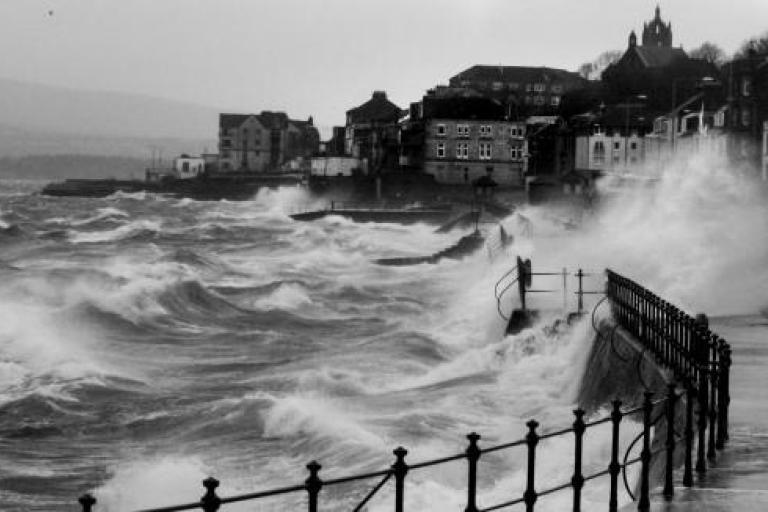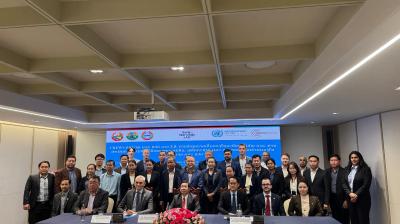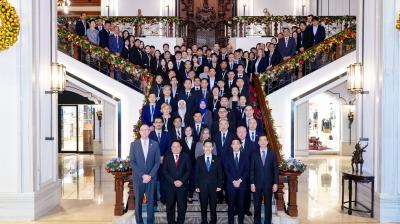WMO Executive Council commits to Early Warnings for All

One of the World Meteorological Organization’s top strategic priorities – to ensure that everyone on Earth is protected by Early Warning Systems (EWS) in the next five years – is gaining momentum.
WMO’s Executive Council, which met from 27 February to 3 March, agreed a series of proposals which will ensure that the organization’s activities are aligned to the Early Warnings For All initiative. The resolutions will be forwarded to the decision-making World Meteorological Congress in May.
“We have received very strong support for the Early Warnings for All initiative from developed and developing countries alike. This is a great opportunity and great challenge for our community,” said WMO Secretary-General Prof. Petteri Taalas.
The UN Early Warnings for All action plan was launched by UN Secretary-General António Guterres during the World Leaders Summit at the UN 2022 Climate Change Conference, COP27. It calls for initial new targeted investments of $ 3.1 billion.
National Meteorological and Hydrological Services are key to its technical implementation because they are the official and authoritative providers of early warnings for hydrometeorological hazards. WMO technical commissions will develop the supporting normative work.
WMO is one of the leaders of the initiative, which feeds into its 2030 Vision and Strategic Operating Plan, which foresee a world where all nations, especially the most vulnerable, are more resilient to the socioeconomic consequences of extreme weather, climate, water, and other environmental events. It is partnering with the UN Office for Disaster Risk Reduction, the International Telecommunications Union and the International Federation of Red Cross and Red Crescent Societies to advance different pillars of the initiative.
The number of weather-related disasters related to extreme heat and rainfall is increasing, exacerbated by human-induced climate change . Low-lying and highly populated urban areas are especially vulnerable, especially given that many hazards have a compound and cascading effect.
Advances in forecasting and coordinated early warnings and early action have successfully slashed the number of deaths in the past 50 years.
Executive Council noted the need to address existing gaps in the global climate observing system particularly in developing countries, in view of the fact that one third of the world, including 60% of Africa does not have access to early warning and climate information services.
“The effective operation of the multi-hazard early warning system requires an integrated and coordinated and research supported approach to address various types of hazards, including geophysical ones such as volcanoes, earthquakes, tsunamis and landslides, especially in countries where such hazards are common, and sometimes occur simultaneously,” it said.










